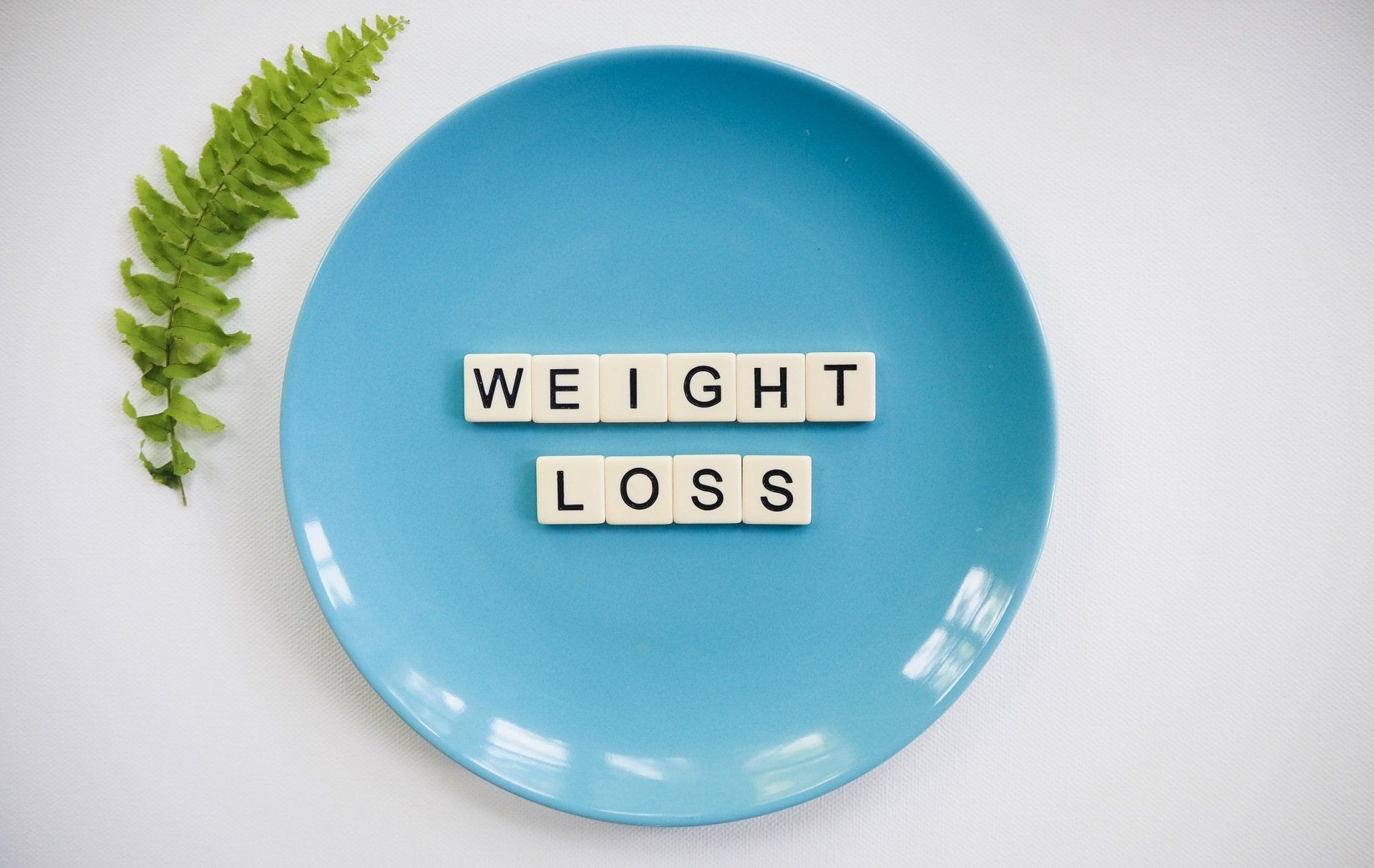Ketogenic diet in cancer patients- safety issues
Safety is of importance, whether you are dieting for weight loss or for health reasons. The problem with diet studies is that the investigator has to rely on the patient to do most of the work. What he actually eats is a matter of trust. We hope that he/she is following the diet to a " T "but nevertheless, safety monitoring is probably a good idea.
I receive hundreds of requests asking for a copy of "the" diet, but hardly anyone asks for guidelines on safety monitoring.
- Weight loss- How much weight loss is too much? Obviously, weight loss will occur within the first few days of dieting. No cause for alarm. As long as you feel great, then there is no need to panic. If you happen to be starting out with a body mass index BMI (http://www.calculator.net/bmi-calculator.html ) that is within the obese or overweight category, then you have plenty of room to spare. Normal weight individuals should proceed with caution as long as the weight remains within normal and not fall into the underweight (<18.5) BMI category.
- Glucose levels- By this I mean blood glucose. Without a glucose meter, in normal individuals, the first symptoms of too low glucose levels is usually that of being lightheaded. If ketosis has already kicked in, this lightheaded feeling will not likely occur since the ketones are protecting the brain by providing the needed energy that normally is provided by glucose. If taking insulin or medications for lowering glucose, proceed only with the help of a physician. Diabetics on insulin or long acting glucose lowering drugs should proceed with caution and be closely monitored because a sudden drop in glucose levels can be expected, and with close monitoring of symptoms and blood glucose, dangerous levels of hypoglycemia (extremely low blood glucose leading to coma) can easily be avoided.
- Ketones- As far as doing it "correctly", achieving ketosis within the first few days is a sign of initial success. Diabetic ketoacidosis DKA is not the same as dietary ketosis. DKA is seen in diabetics (type I or late stage type II). Medically dangerous ketoacidosis occurs when even in the presence of glucose/sugars, a diabetic's body is unable to produce insulin to convert the sugars into energy so the body senses that it is in "starvation" and begins to continuously burn fats to make ketoacids. The acid level becomes excessive and it changes the acid balance of the body into dangerous levels requiring hospitalization. Low carbohydrate dieting simply is not the same. It will also produce ketones but will produce levels far below medically unstable DKA because in the presence of insulin and available fats and protein, our bodies still has feedback control over the amount of fat breakdown and ketone production, and should not result in metabolic derangement.
- Cholesterol: Will this diet give me a heart attack? We still do not know the final word on cholesterol and heart disease while on this diet. Theoretically, if done correctly, lipid profiles should improve. Current published research indicate that it is probably safe, although there also were some published cases of worsening lipid profiles during short-term dieting. As far as cardiovascular side effects, it is a good idea to have blood pressure, triglycerides and cholesterol levels monitored.
- Uric acid. Uric acid levels can also rise with the use of this diet. This can lead to acute gout attacks and kidney stones. People with borderline kidney problems should avoid high protein intake. That being said, the ketogenic diet actually is NOT high in protein. Fats comprise 70-75% of the total, with 20% coming from protein and 5-10% from carbohydrates. Mouse models of diabetes and kidney failure, exposed to a ketogenic diet, actually showed a reversal in kidney damage (Poplawski et al., 2011).
- Water. Hydration, hydration. Due the mild diuretic effect (increased frequency of urination), it is a good idea to check one's blood pressure and ensure adequate fluid intake. (6-8 glasses of water or equivalent daily)
Long term effects
Long term use in pediatric patients with seizures reveal some case reports of up to 12 years without ill effects. Not much data exist in terms of the ketogenic diet in cancer patients. Close medical monitoring is always a good idea.It is also wise to have an initial physical checkup by a doctor, including blood work and urinalysis to check on heart, lung , liver and kidney health, as well as screen for cholesterol problems, gout and kidney stones. Once cleared, one still needs monitoring on a regular basis, especially if going for the long-term.
Monitoring tools
Home blood monitoring is available . A quality home glucometer/ketone meter is useful to have, http://www.amazon.com/Precision-Glucose-Ketone-Monitoring-System/dp/B008UZVLM8/ref=sr_1_1_a_it?ie=UTF8&qid=1457437263&sr=8-1&keywords=precision+xtra , as are several online dietary resources.
Charting the glucose ketone index may be helpful. (GKI). More on this another topic.
Charting weight, blood pressure, diet intake, and glucose or ketone readings are good moves. It is preferable to find a doctor and a nutritionist familiar with the ketogenic diet since they know what to look for and provide ongoing guidance.





